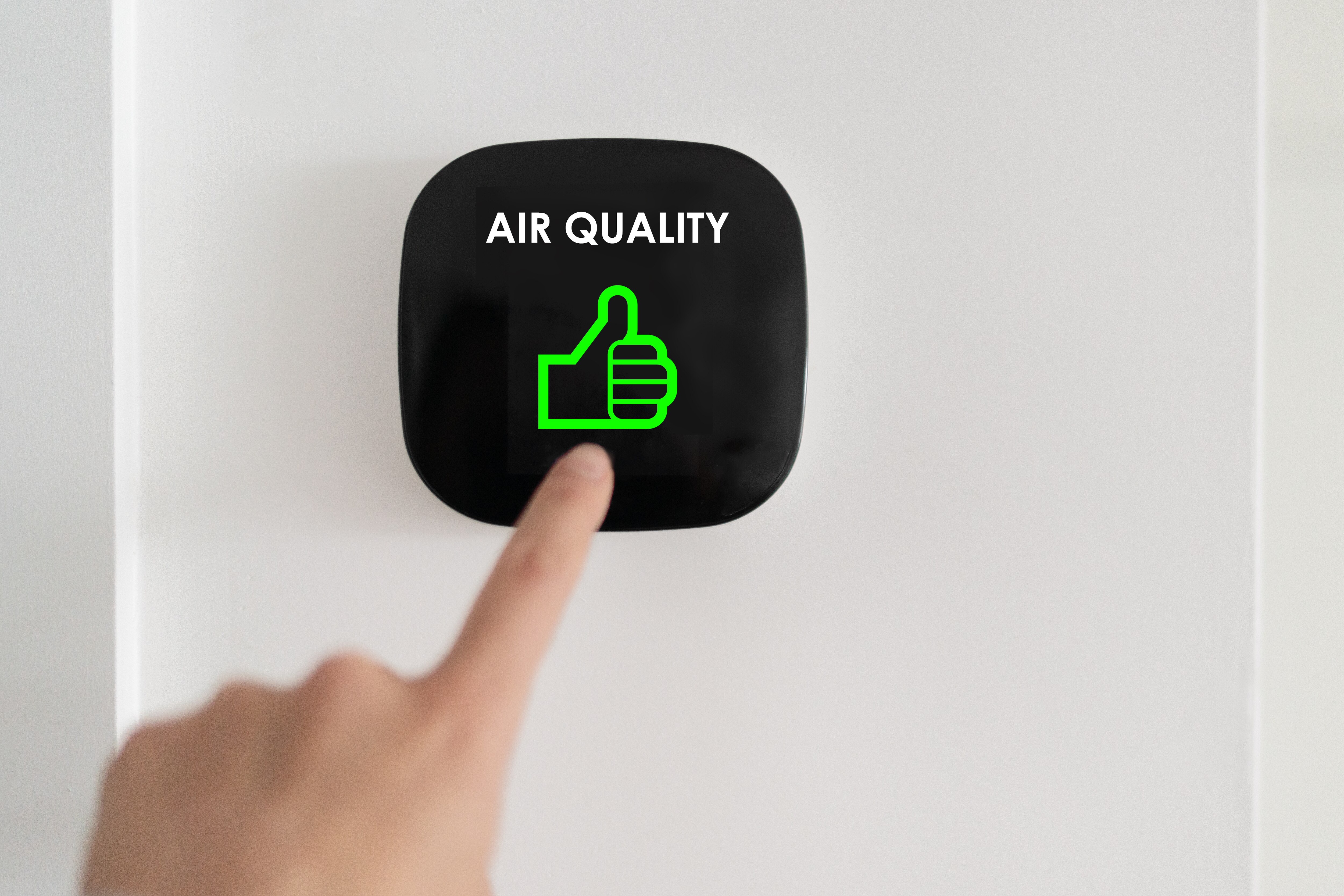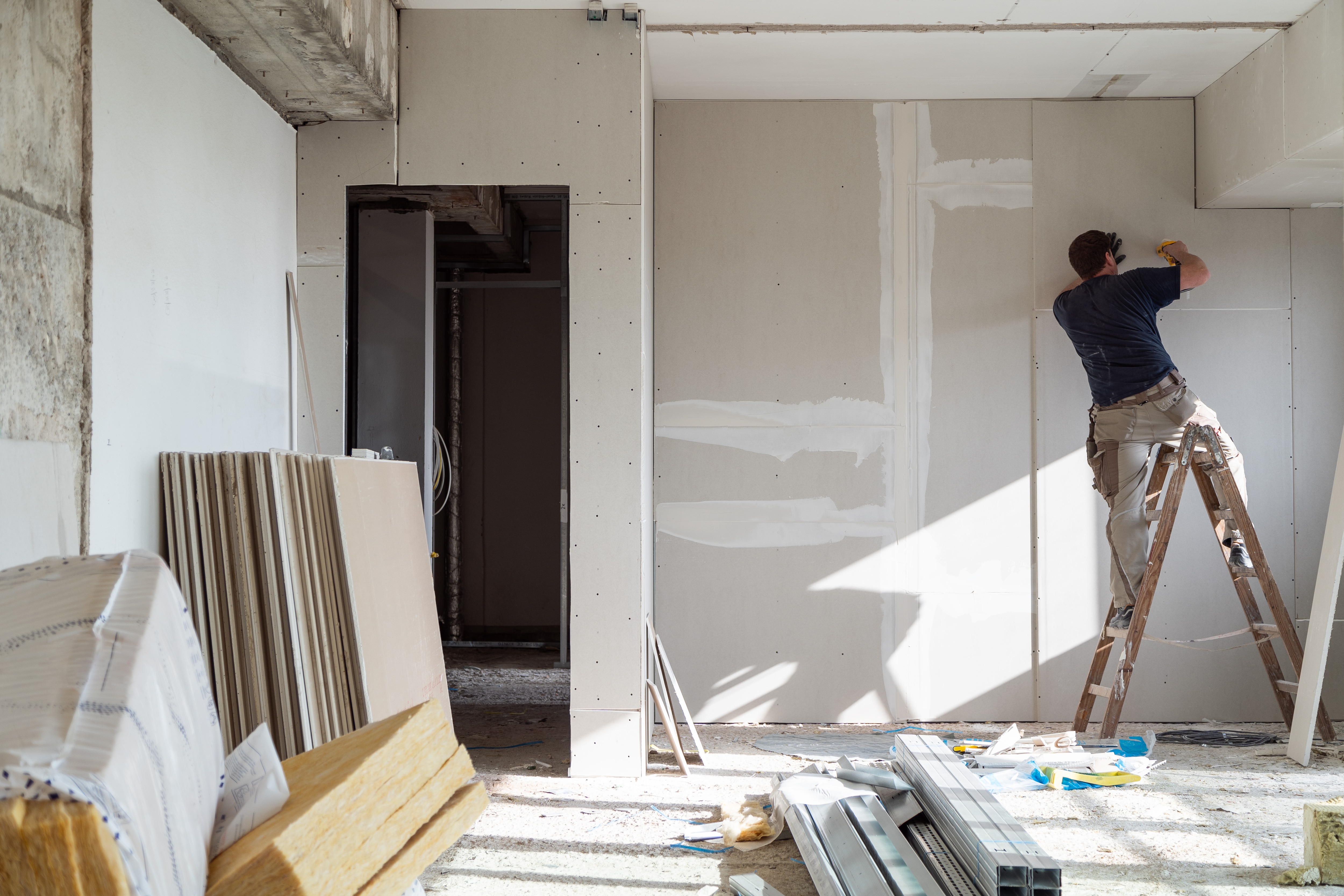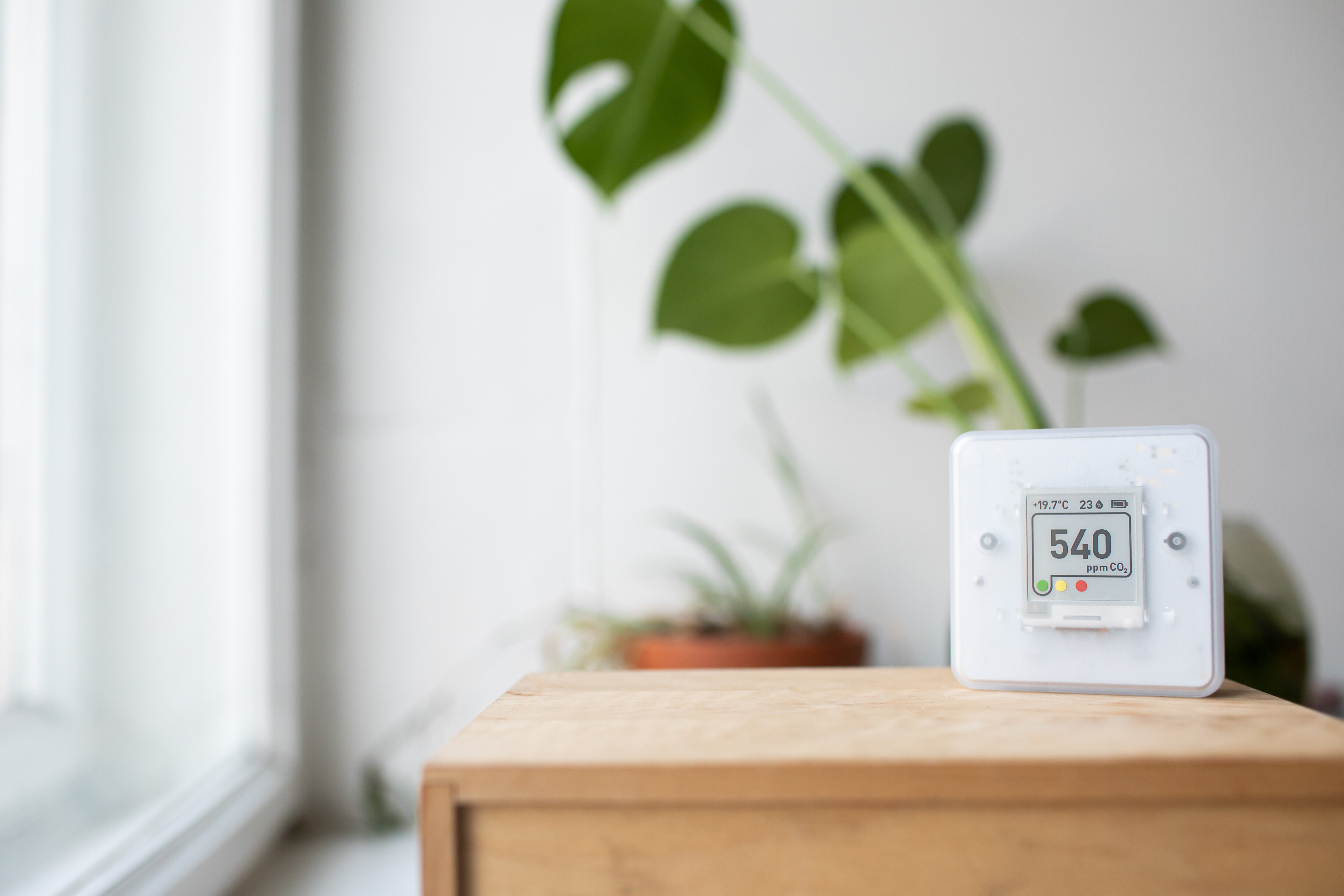

VOCs such as benzene, formaldehyde and naphthalene are emitted from everyday consumer products or building materials and have been shown to have harmful health effects. In addition, VOCs are known to react with ground-level ozone to form secondary pollutants that can affect human health. Environmental authorities around the world have now set guideline values to limit the concentration of such VOCs in public indoor spaces. To comply with these guideline values, reliable and continuous measurements are important. Since most VOCs show good absorption in the infrared spectrum, techniques such as non-dispersive infrared spectroscopy (NDIR) are particularly well suited.

In closed rooms, however, this value can quickly increase, especially if several people are in the room. With each breath, humans emit about 40,000 ppm of CO₂, steadily worsening the air quality. As the CO₂ concentration increases, other pollutants also accumulate in the air. Thus the CO₂ value in the air can be considered as an overall factor for the pollution load. Up to a CO₂ concentration of 1000 ppm, the air is classified as hygienically clean; at higher values, the air needs to be replaced or purified. For the measurement of typical CO₂ concentrations in the air, the NDIR technique is excellent because CO₂ has good absorption at 4.26 µm in the mid-infrared.

Demand Controlled Ventilation (DCV) has become a significant element in achieving this goal. CO₂ gas sensors are often used to measure usage in enclosed spaces (homes, office buildings, vehicle cabins, etc.). With their help, HVAC systems can respond to the situation as needed and adjust performance. Especially in terms of energy efficiency, intelligent control is very valuable. It can prevent unnecessary ventilation and thus prevent cold from escaping rooms in summer or heat from escaping rooms in winter. CO₂ gas sensors based on the principle of optical spectroscopy offer decisive advantages for this application, such as sensor stability and low operating costs with a long service life.